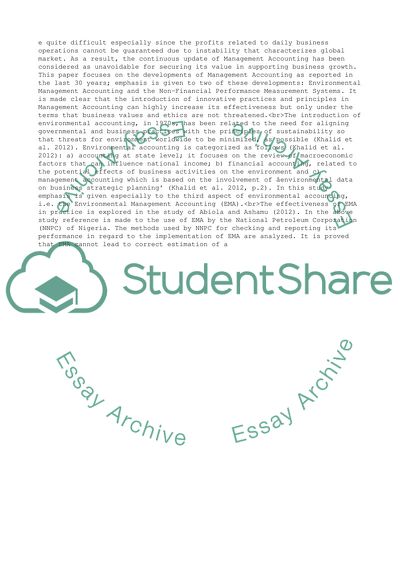Cite this document
(Advances in Management Accounting research over the last 30 years Essay - 1, n.d.)
Advances in Management Accounting research over the last 30 years Essay - 1. https://studentshare.org/management/1806951-advances-in-management-accounting-research-over-the-last-30-years
Advances in Management Accounting research over the last 30 years Essay - 1. https://studentshare.org/management/1806951-advances-in-management-accounting-research-over-the-last-30-years
(Advances in Management Accounting Research over the Last 30 Years Essay - 1)
Advances in Management Accounting Research over the Last 30 Years Essay - 1. https://studentshare.org/management/1806951-advances-in-management-accounting-research-over-the-last-30-years.
Advances in Management Accounting Research over the Last 30 Years Essay - 1. https://studentshare.org/management/1806951-advances-in-management-accounting-research-over-the-last-30-years.
“Advances in Management Accounting Research over the Last 30 Years Essay - 1”. https://studentshare.org/management/1806951-advances-in-management-accounting-research-over-the-last-30-years.


